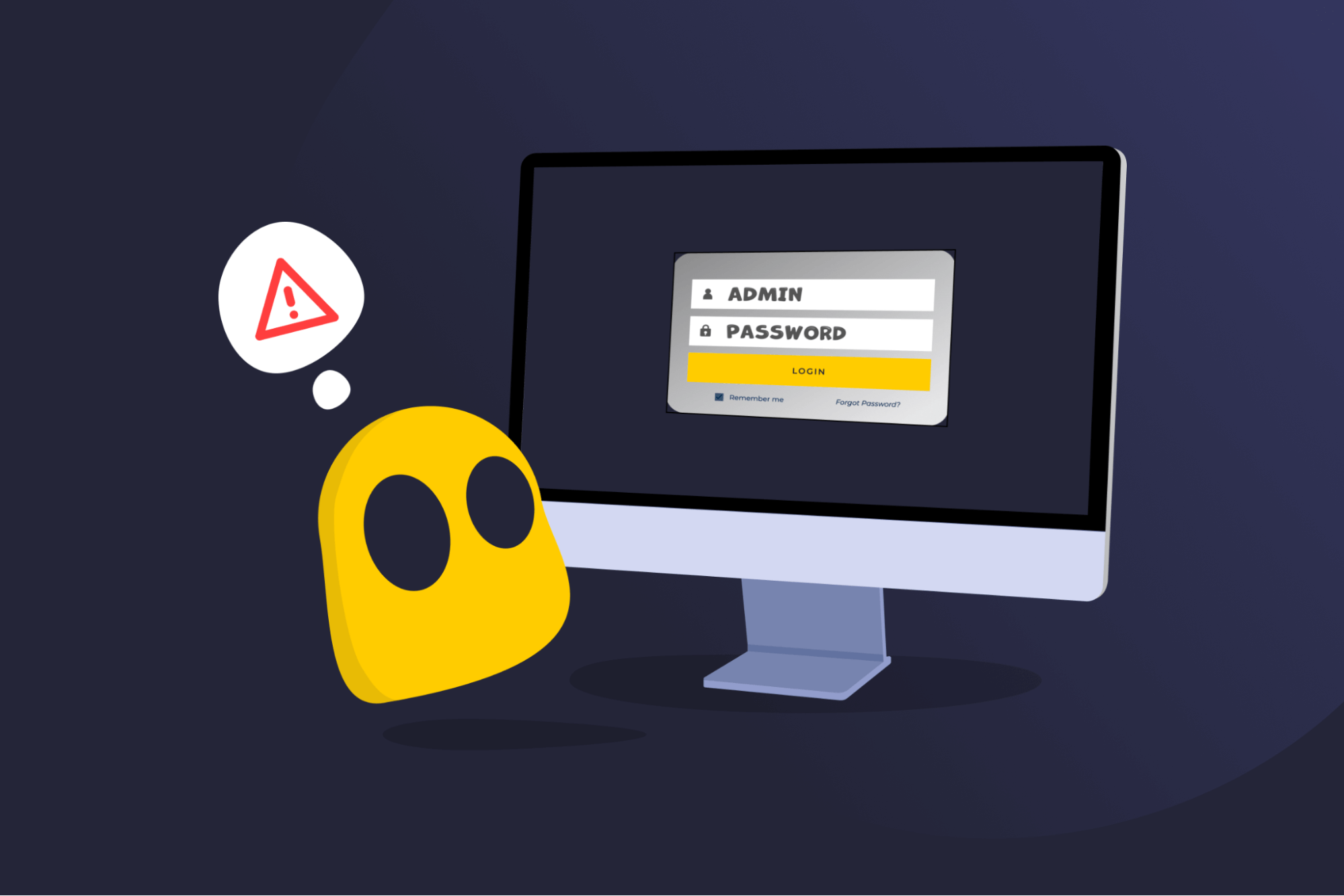Default Password

Default Password Definition
A default password is the preset login credential that comes with a device, system, or application. Manufacturers use these passwords to let users access the system for the first time. For example, a new router might come with the username “admin” and the password “password,” or a unique code printed on a label. Default passwords are meant to be temporary and replaced during setup.
Why Are Default Passwords a Security Risk?
Default passwords create one of the most predictable weaknesses in cybersecurity. Manufacturers often ship entire product lines with identical credentials, such as “admin/admin” or “admin/password.” Once an attacker learns a single pair of defaults, they can reuse it to compromise thousands of similar devices.
Because these passwords are widely published in manuals, printed on labels, and listed in online forums, attackers rarely need to guess them. But if they do, automated brute-force tools often include common defaults like “1234” or “password,” which can make break-ins quicker. Cybercriminals can even scan the internet, looking for devices that still use default credentials. Once they find one, compromise can happen in minutes.
Tips on Avoiding Default Password Risks
- Change default credentials to your own personal combinations as soon as possible.
- Use strong, unique passwords (12-16+ characters) that combine letters, numbers, and symbols.
- Get a password manager to create and save complex credentials without reusing them.
- Enable multi-factor authentication, like a code sent to your device, when logging in.
- Install firmware and software updates to fix known vulnerabilities.
- Review devices to check which accounts have admin rights, remove unused ones, and monitor logs for unusual activity.
Read More
FAQ
There isn’t a single universal default, but many devices still ship with predictable passwords like “admin,” “1234,” or “password.” Some newer routers and smart devices print unique logins on the box or device labels, but attackers can also often find lists of common defaults online. That’s why it’s highly recommended to change default passwords immediately.
Default passwords like “0000,” “password,” “root,” and “admin” are among the most compromised worldwide. They appear repeatedly in breach reports, typically because users may choose known default passwords or not update them. Since they’re so easy to guess or look up online, they’re usually the first tried in brute-force attacks.
On most modern routers, the Wi-Fi password is a unique code printed on the device label. That’s separate from the router’s administrator password, which controls settings. It’s recommended to change both during setup: set a strong Wi-Fi passphrase and replace the admin login with a strong, unique password.

 45-Day Money-Back Guarantee
45-Day Money-Back Guarantee